Fall of the Wall
Partnerships


Over the first 16 years of its munitions-disposal programme, NATO helped to clear landmines and unexploded ordnance from more than 4,000 hectares of land, a total area larger than the City of Brussels, Belgium, where NATO HQ is located.
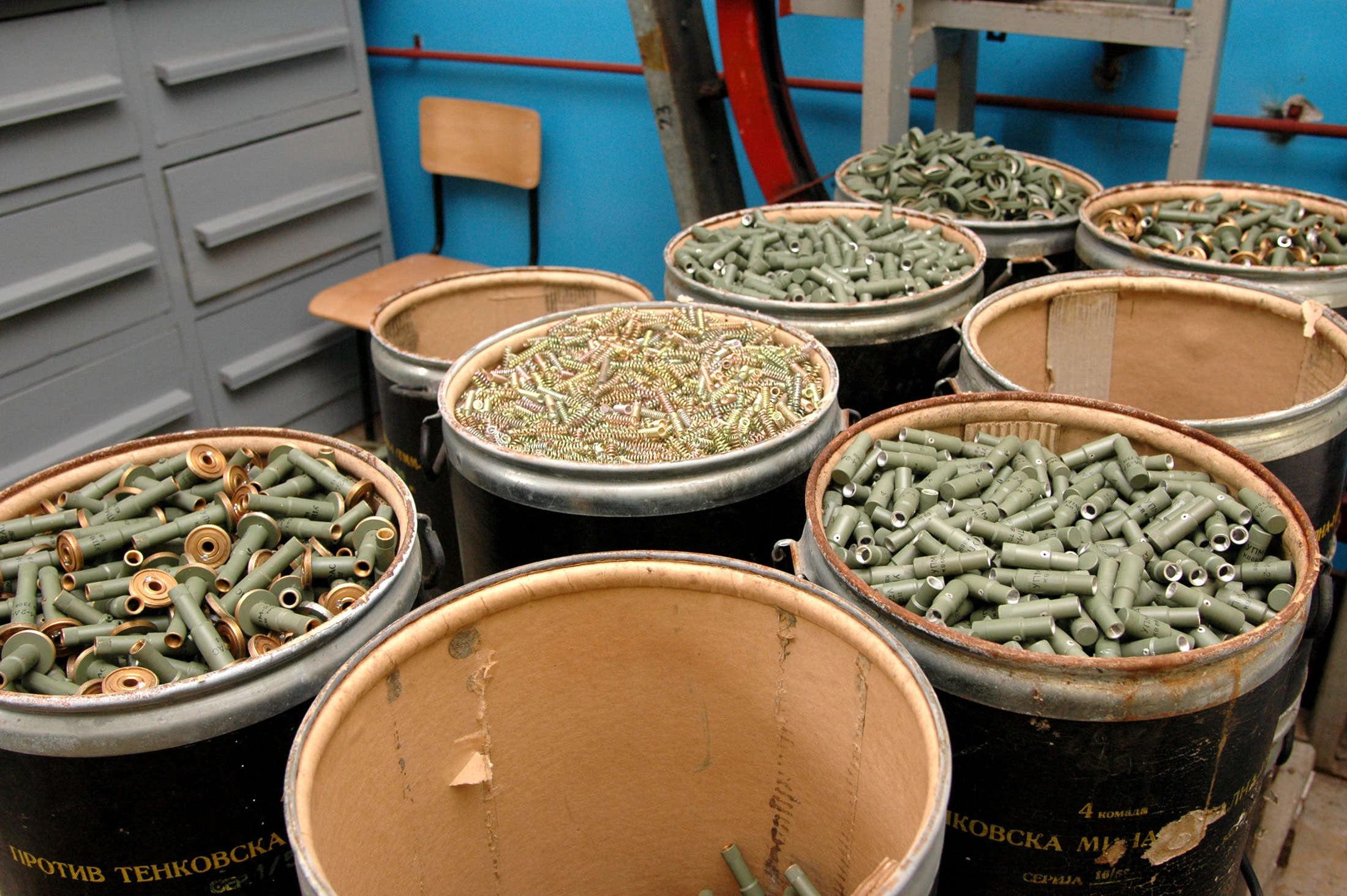
Since 2001, NATO has helped destroy thousands of tons of rocket fuel; hundreds of thousands of rockets, surface-to-air missiles, and small arms and light weapons; millions of hand grenades and landmines; and hundreds of millions of rounds of ammunition.
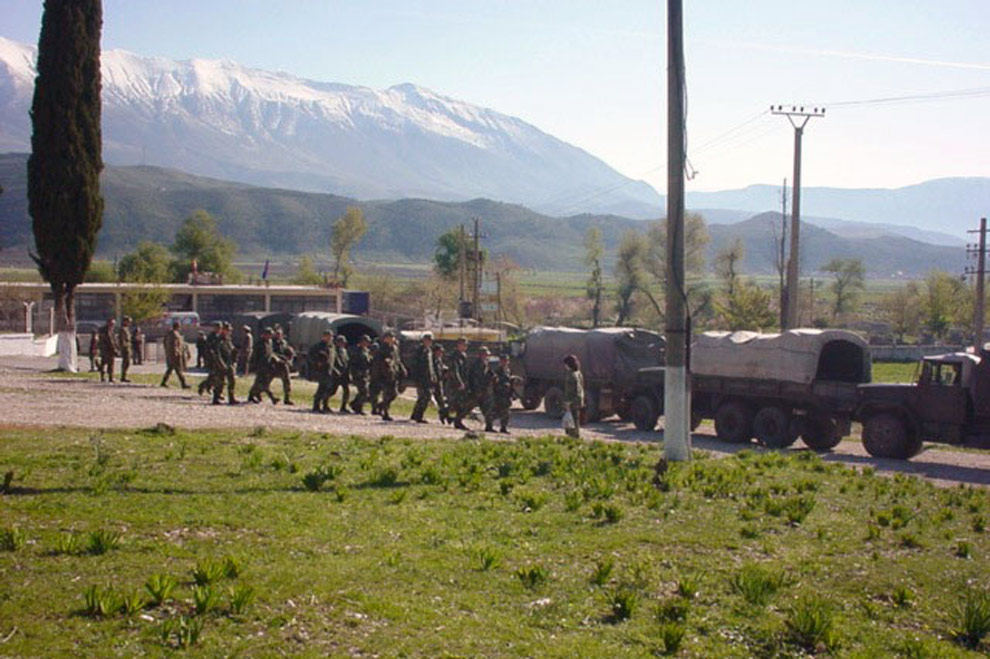
NATO's first project was with Albania. Following massive civil unrest in 1997, the country was littered with more than 600,000 looted weapons. NATO specialists estimated that more than 180 hectares of land - equivalent to 360 football pitches - had been contaminated with unexploded ordnance.

Before seeking assistance from NATO, the Albanian armed forces had attempted to clear the worst-affected sites on their own, suffering more than 50 casualties. Here, a NATO verification auditor supervises the unloading of anti-personnel landmines.
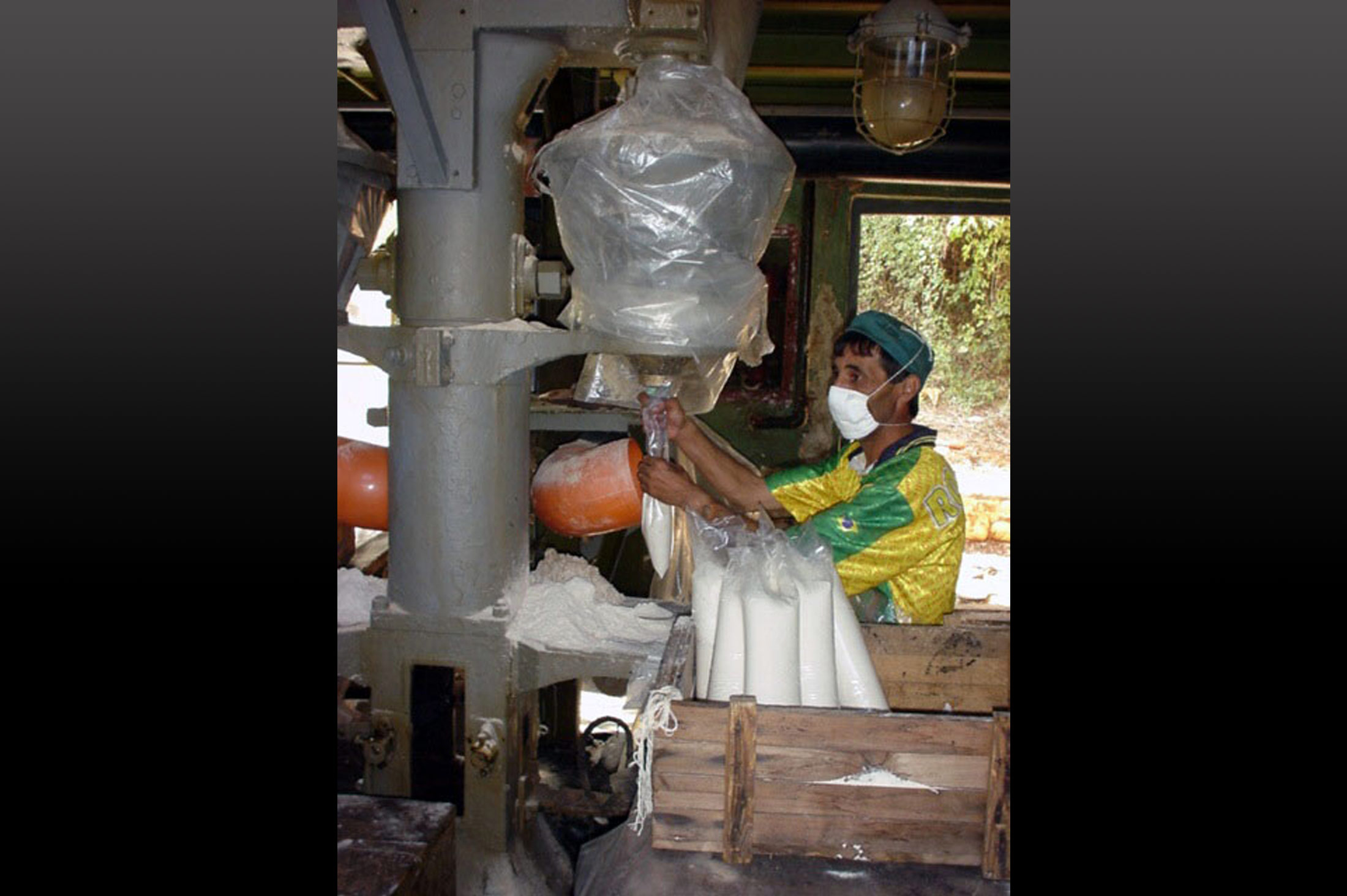
NATO taught Albanian armed forces how to collect explosive devices, and trained local civilian workers to safely dismantle them. Albania was able to recycle raw materials from these unexploded landmines, repurposing explosives for construction and quarrying activities, like this worker is doing.
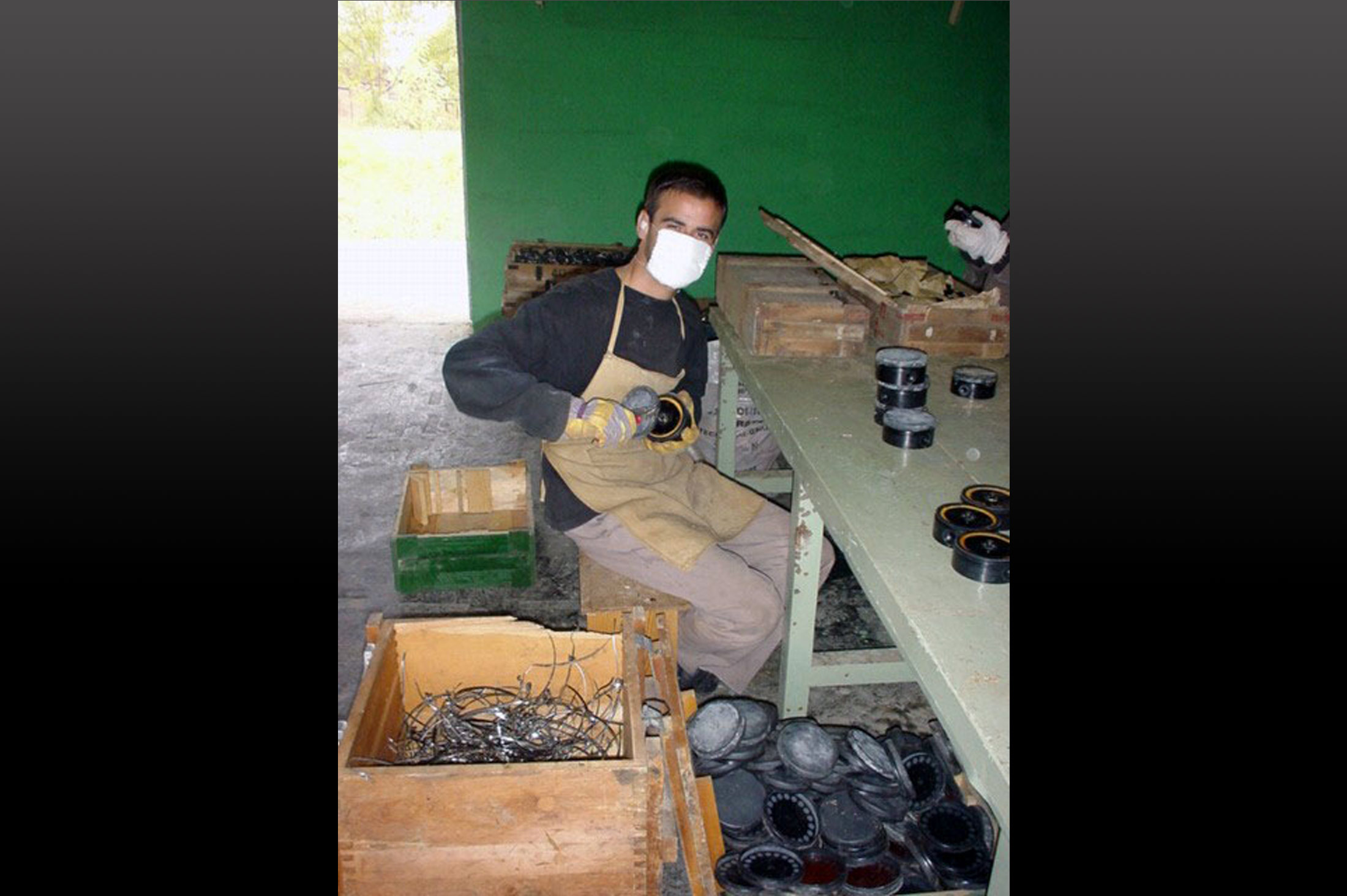
Shell casings were also recast to make manhole covers. All in all, the project took eight months to complete and eliminated all 1.6 million anti-personnel landmines from Albania.
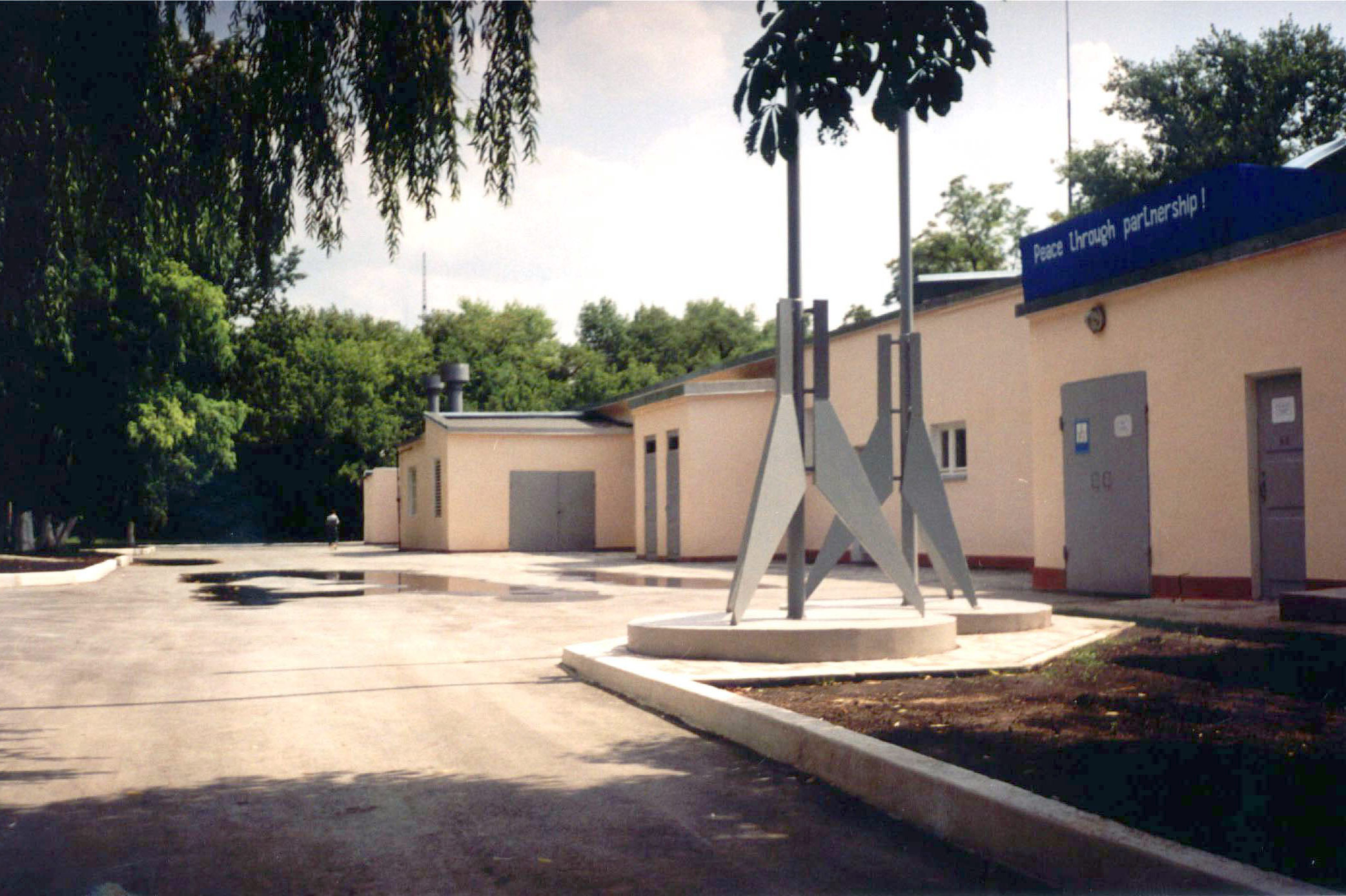
Following the success in Albania, NATO launched projects in a dozen partner countries, opening facilities like this ammunition processing building in Ukraine. The collective effort to rid Ukraine of dangerous ordnance and munitions has been called the largest demilitarisation project of its kind in the world.
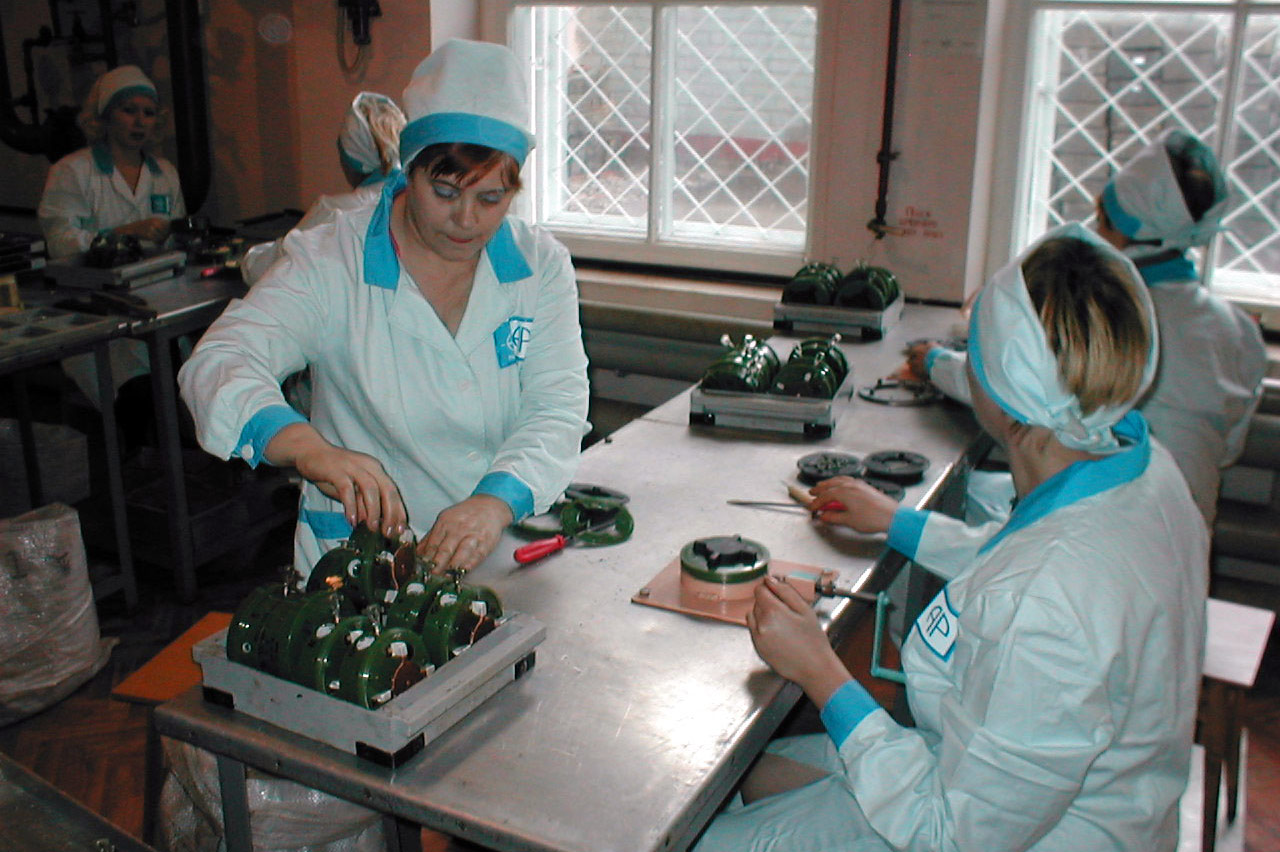
Ukraine has participated in a variety of NATO disarmament projects, including the destruction of 400,000 small arms and light weapons, the disposal of radioactive waste, and support for military training initiatives and medical rehabilitation of wounded soldiers. Here, workers inspect PMN-2 mines.

The first Ukrainian project was notable for the recycled product it created: the plastic casings from landmines were used to make toys for children. Here, toy pelicans made from recycled anti-personnel landmines are given to children at an orphanage in Ukraine.

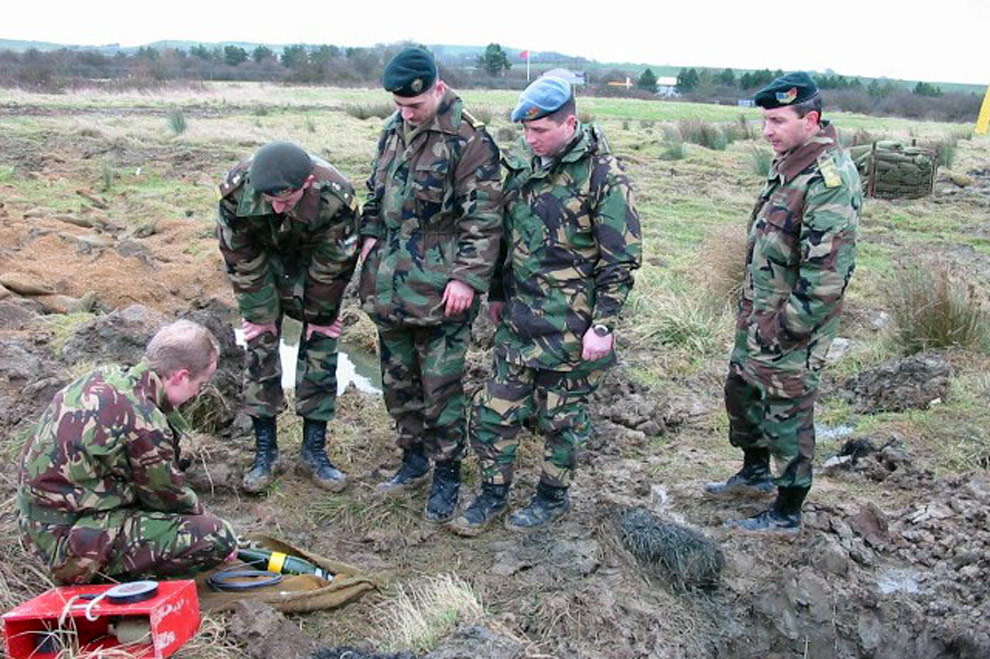
In Moldova, NATO supervised the destruction of 12,000 landmines, 325 tons of rocket fuel oxidizer, and 300 tons of munitions. Other projects helped Moldova repack and centralise 2,400 tons of dangerous chemicals and pesticides. Here, Moldovan military engineers participate in Explosive Ordnance Disposal training.
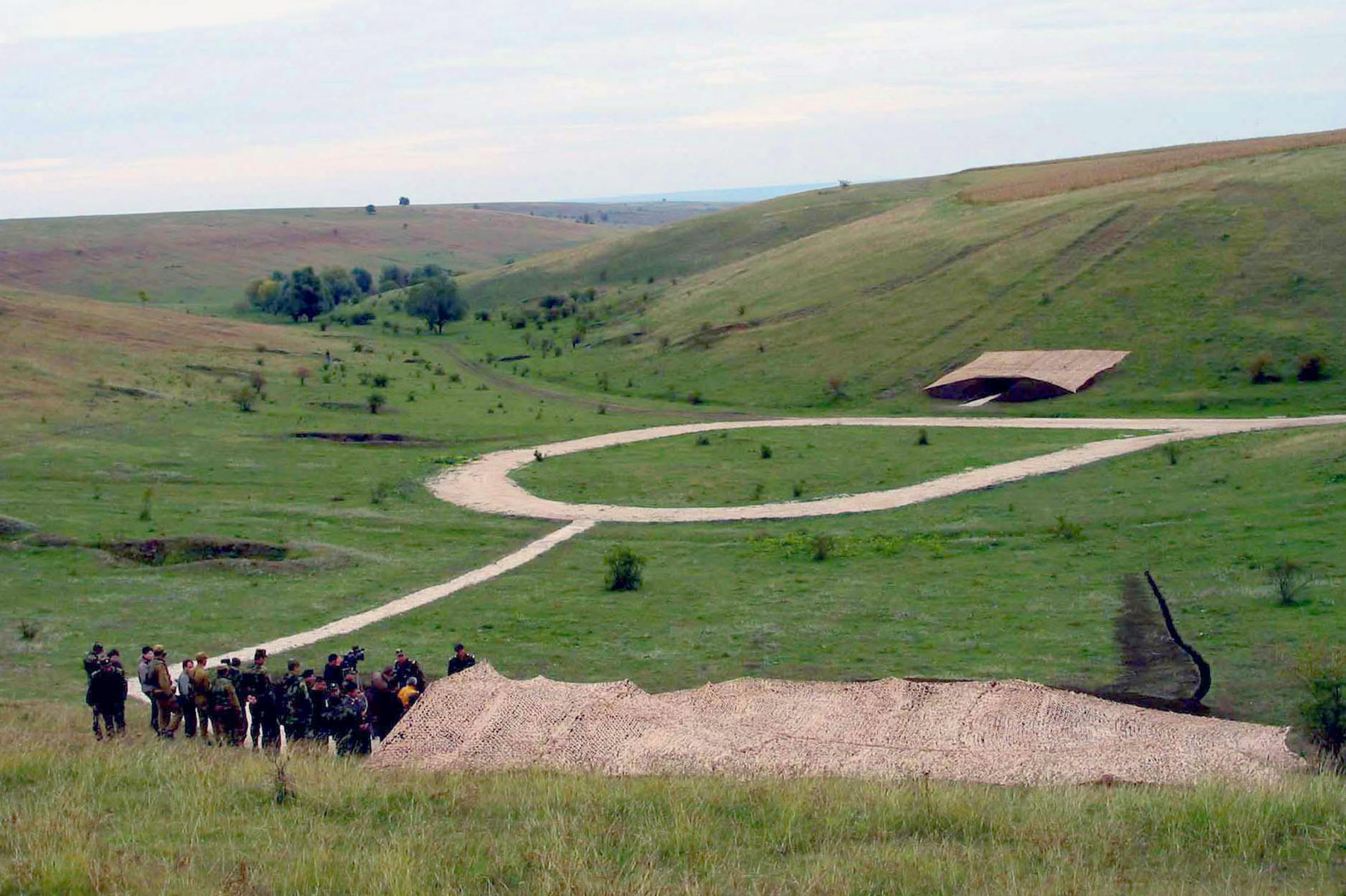
Sometimes, instead of being dismantled and recycled, ordnance is safely and remotely detonated. This photo shows a prepared demolition area in Moldova, 2002.

Pressing the button to safely detonate anti-personnel landmines in Moldova.
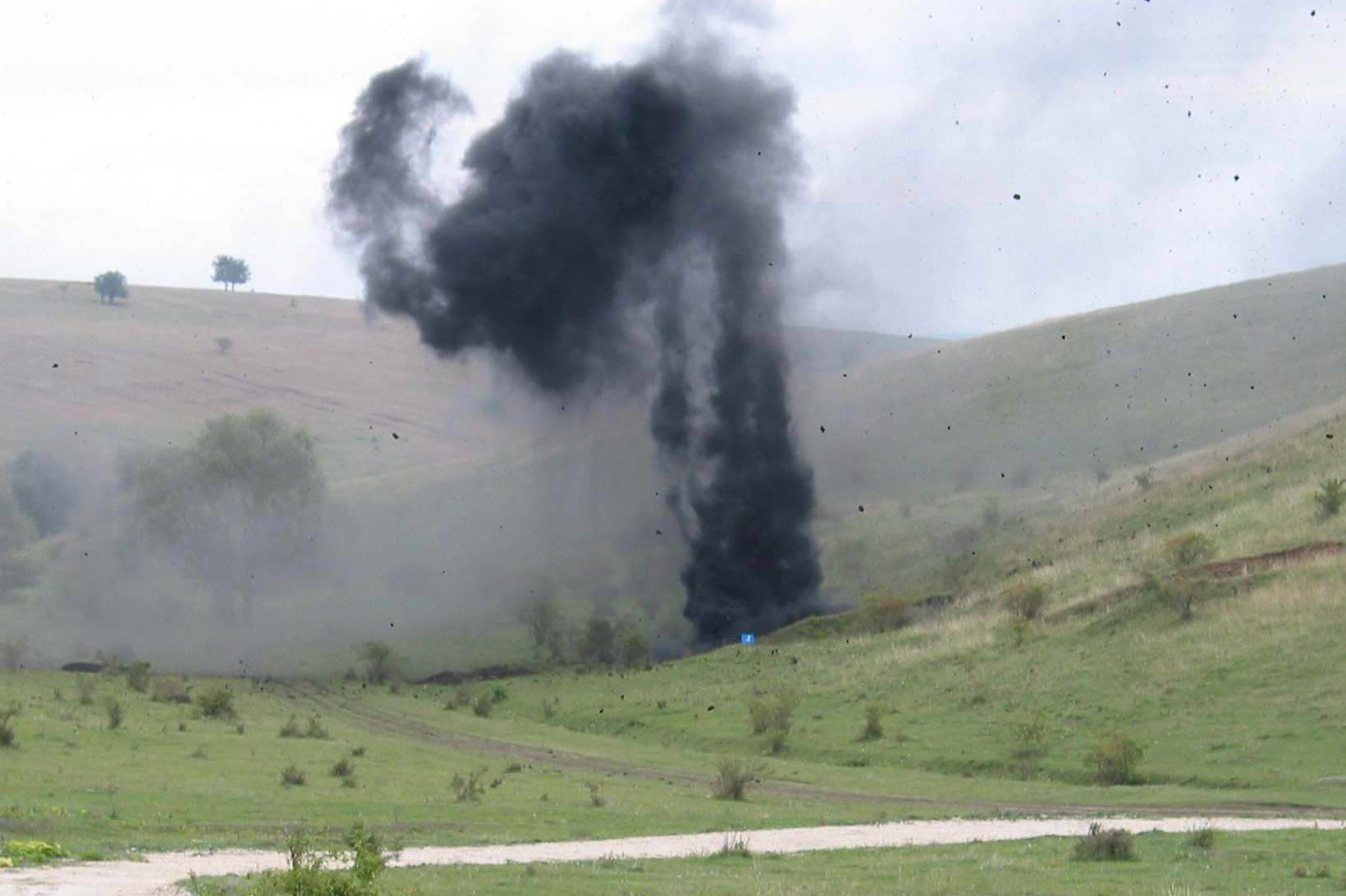
Boom! Destruction of anti-personnel landmine stockpile by open detonation in Moldova.
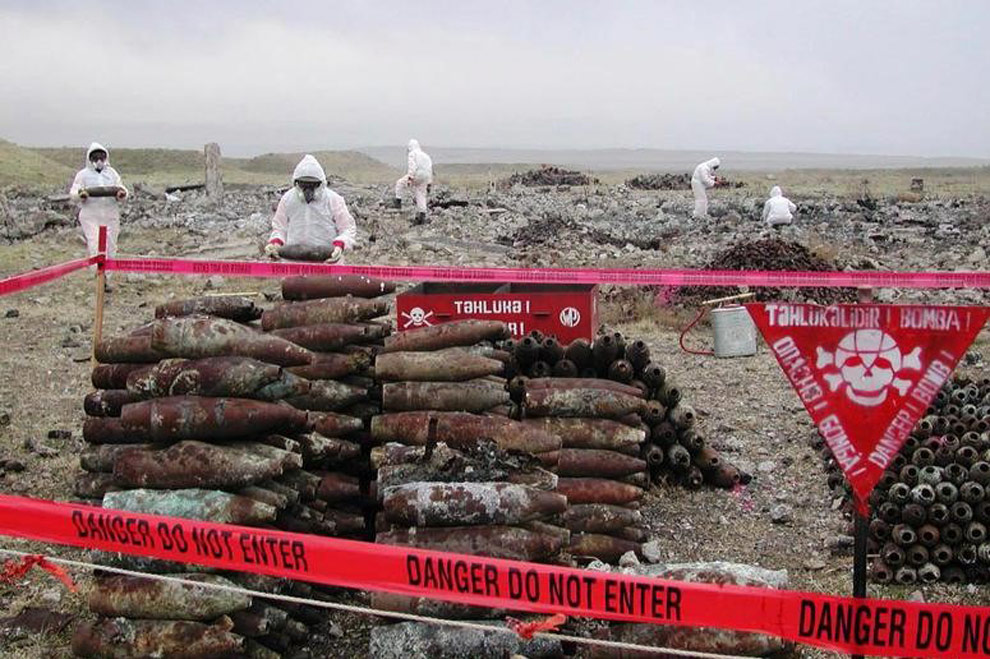
In addition to Albania, Ukraine and Moldova, NATO has supported the destruction of landmines and small arms and light weapons in a dozen other partner countries.
